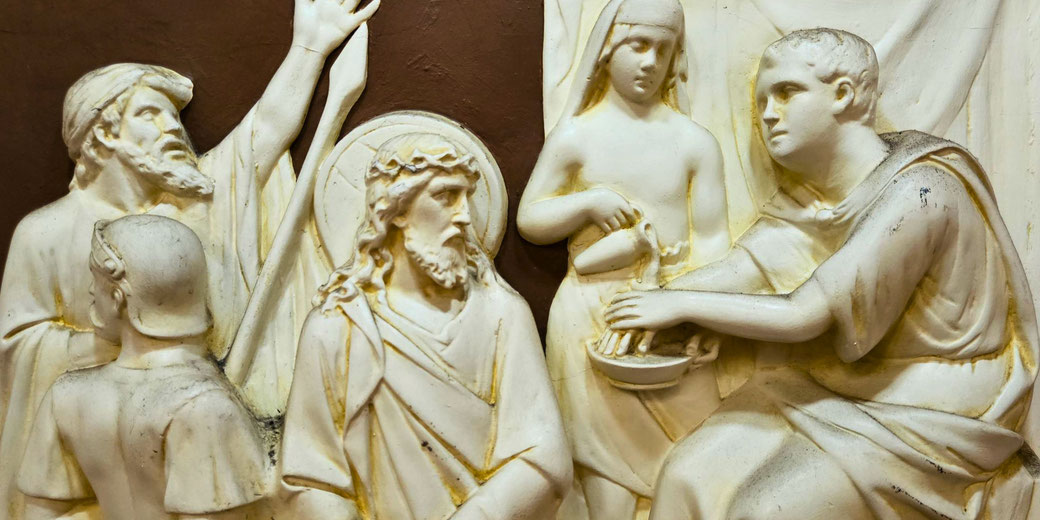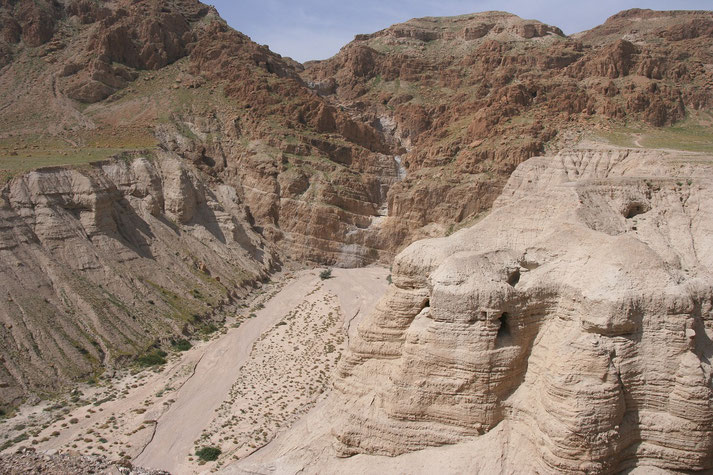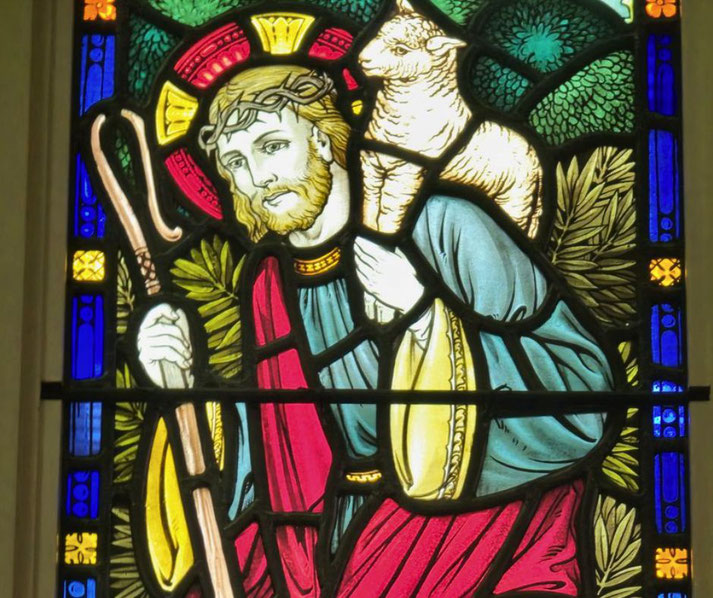Shroud of Turin and the Dead Sea Scrolls: Real or fake?

Some relics whisper. These two scream. In one corner sits a linen imprint of a man some say was Jesus. In the other sits a collection of scrolls written by desert hermits who favoured dramatic warnings.
Together they raise one eyebrow-raising question: are we looking at sacred evidence or history’s most carefully planned hoaxes?
Thankfullly, the development of radiocarbon dating in the 20th century helps us answer it.
What is radiocarbon dating?
Radiocarbon dating or carbon-14 dating is an archaeological dating technique used to find the age of organic materials up to 50,000 years old.
It was developed in the 1940s by American chemist Willard Libby and relies on the fact that living things contain carbon-14, a radioactive isotope that decays at a steady rate after death.
By measuring the remaining carbon-14 in a sample, scientists can estimate how long it has been since the organism died and gain a valuable tool for reconstructing ancient timelines.
Groundbreaking research in this area earned Libby the Nobel Prize in Chemistry in 1960 for his work on radiocarbon dating.
Then in the 1970s, Accelerator Mass Spectrometry (AMS) transformed radiocarbon dating by allowing more precise measurements from much smaller samples.
The remarkable discovery of the Dead Sea Scrolls
Since radiocarbon dating was introduced, it has been applied to date countless artifacts and sites.
One notable use of this method was dating the Dead Sea Scrolls.
These scrolls are a collection of ancient Jewish texts found between 1947 and 1956 by Bedouin shepherds and archaeologists in eleven caves near Qumran on the northwest shore of the Dead Sea.
The first cave was found by a young Bedouin shepherd named Muhammed edh-Dhib who stumbled across them by accident while he was searching for a lost goat.
In total, over 900 manuscripts were discovered, including texts from the Hebrew Bible, apocryphal works, and some less exciting administrative documents.
The initial cave held some of the most complete scrolls such as a full copy of the Book of Isaiah from the Old Testament.
While Cave 4 yielded the largest collection of fragments: over 15,000 pieces from about 500 different manuscripts.
When they were first discovered, scholars estimated these scrolls were written between the 2nd century BCE and the 1st century CE.
If accurate, they would be some of the oldest existing copies of the Hebrew Bible and other Jewish writings.

The first radiocarbon dating of the Dead Sea Scrolls took place in the early 1990s when the results confirmed that the scrolls were indeed ancient and dated from the 3rd century BCE to the 1st century CE.
As a result, many researchers believe the scrolls were linked to the Essenes, who were a Qumran Jewish sect that lived communally under strict religious rules.
As a result of the radiocarbon analysis, it highlighted the historical importance of the scrolls and helped scholars understand how these sacred texts developed over time and were eventually preserved for 2000 years.
Is the Shroud of Turin real?
Maybe the most well-known use of radiocarbon dating was in an effort that applied it to date the Shroud of Turin.
This is an incredibly famous cloth believed by many Christians to have been the burial cloth for Jesus Christ after his crucifixion.
It first appeared in historical records in the 1350s when it was shown in a church in Lirey, France, by French knight Geoffroi de Charny.
It was then owned by the House of Savoy, which was Italy's former royal family, for centuries before being given to the Vatican in 1983.
Now, the shroud is kept in the Cathedral of Saint John the Baptist in Turin, Italy.
However, it has been the subject of growing controversy. This was because, in 1898, an Italian photographer known as Secondo Pia took the first photographs of the shroud.
The negatives of the images he produced show an image of a bearded man on the cloth, which could not be seen with the naked eye.
Pia’s photographic negatives quickly convinced some people that it was an authentic artefact of Jesus Christ. Others say that it is actually a medieval fake.
Since then, there have been a number of scientific tests, including infrared spectroscopy, ultraviolet fluorescence, and X-ray analysis, which were conducted on the shroud to study its composition and the mysterious nature of the image.
To help resolve this issue, there were repeated requests to date the shroud using radiocarbon dating.
The first and most notable took place in 1988. Three laboratories, the University of Oxford in the UK, the University of Arizona in the USA, and the Swiss Federal Institute of Technology in Zurich, all used accelerator mass spectrometry (AMS).
When the results came out, they agreed the shroud was from the 13th or 14th century, specifically between 1260 and AD 1390.
Such a discrepancy contrasted with the 1st century AD that would be required if it really originated from the time of Jesus.
As a result, many became convinced it was a medieval fake.
However, archaeology is rarely that simple. These findings have been challenged by some scholars.
They argued the tested samples did not represent the whole cloth and noted the shroud suffered severe damage in a fire in 1532, which caused burn marks and water damage.
It led some to suggest heat might have changed the carbon levels and affected dating results.
Others say the samples came from patches used to repair the shroud during the Middle Ages.
If true, the samples were contaminated and do not tell us the original date of the shroud.
In addition, pollen grains on the shroud have been studied with some researchers saying there is evidence that native pollen from the Jerusalem area in the artefact, which supports its Middle Eastern origin.
Therefore, researchers suggested other dating methods could be used for the shroud, such as analysis of vanillin decay in the linen fibers, which might show it is much older than the radiocarbon tests indicate.
Today, the Shroud of Turin is seldom shown to the public. The last major display was in 2015, which attracted millions of pilgrims and tourists to Turin.
Whether the shroud is real is still still debated by scholars.

What do you need help with?
Download ready-to-use digital learning resources
Copyright © History Skills 2014-2025.
Contact via email
With the exception of links to external sites, some historical sources and extracts from specific publications, all content on this website is copyrighted by History Skills. This content may not be copied, republished or redistributed without written permission from the website creator. Please use the Contact page to obtain relevant permission.





